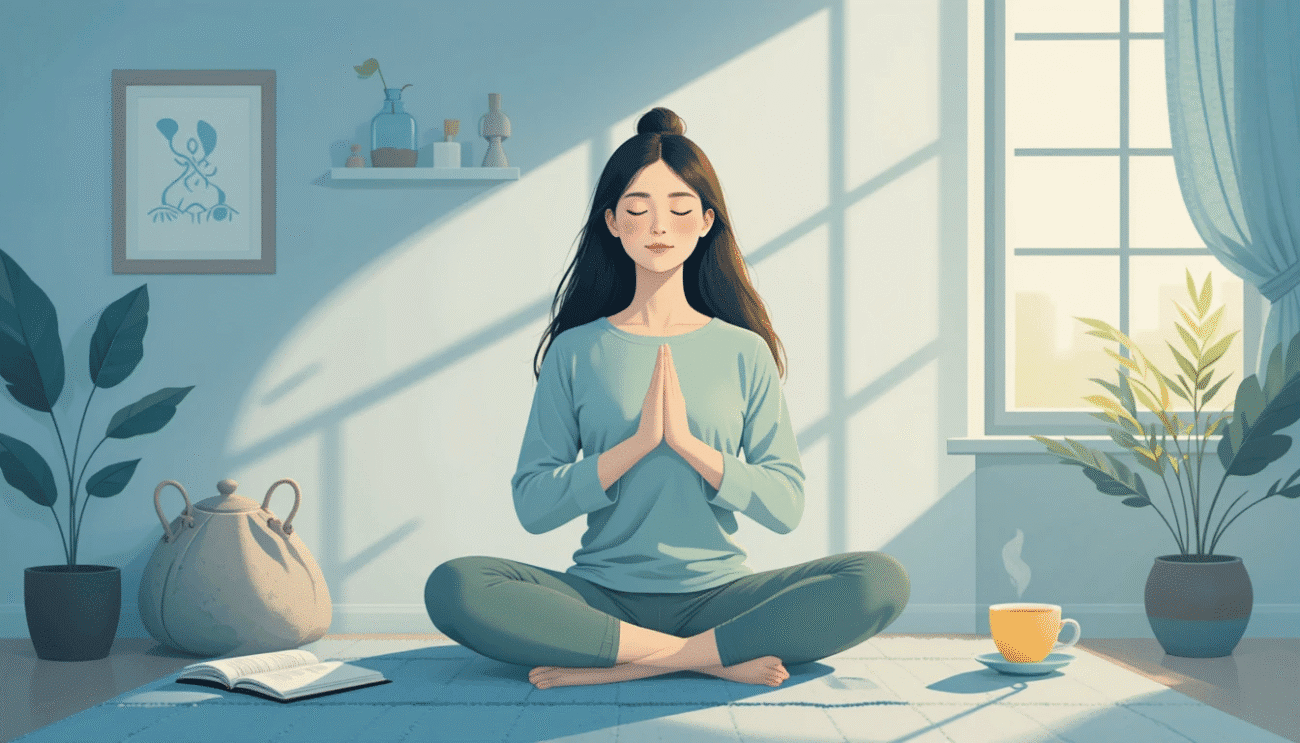Ever feel like anxiety is taking over your life, but it doesn’t match the descriptions of common types like panic attacks or social fears? You’re not alone. Unspecified anxiety disorder is a real diagnosis that captures those in-between experiences where worry and fear disrupt your days without fitting a specific label. In this guide, we’ll break it down simply, so you can understand what’s happening and take steps toward relief.
What Is Unspecified Anxiety Disorder?
Unspecified anxiety disorder happens when you have clear signs of anxiety causing major distress or messing with work, relationships, or daily routines—but it doesn’t fully align with other defined anxiety conditions like generalized anxiety disorder or phobias. According to mental health experts, it’s often used in quick assessments, like in hospitals, when there’s not enough info for a more precise diagnosis.
Think of it as a catch-all category in the DSM-5, the go-to manual for mental health pros. It means your symptoms are valid and need attention, even if they’re a mix that doesn’t check every box for something else.
Common Symptoms of Unspecified Anxiety Disorder
Symptoms can vary, but they often blend emotional, physical, and behavioral red flags. Here’s what you might notice:
- Emotional signs: Constant worry, feeling on edge, irritability, or a sense of dread without a clear trigger.
- Physical effects: Racing heart, sweating, trembling, shortness of breath, stomach issues, or trouble sleeping.
- Behavioral changes: Avoiding situations that spike anxiety, difficulty focusing at work or school, or pulling away from friends.
These can hit hard and last, making simple tasks feel overwhelming. If this sounds familiar, tracking your symptoms in a journal can help when talking to a doctor.
Possible Causes and Risk Factors
No one knows exactly why unspecified anxiety disorder shows up, but it’s likely a combo of factors. Genetics play a role—if anxiety runs in your family, your risk goes up. Brain chemistry imbalances, like issues with serotonin or GABA, can amplify fears.
Life events often trigger it too: Trauma, chronic stress, or big changes like job loss. Medical stuff, such as thyroid problems or substance use, might mimic or worsen symptoms. Spotting these can guide better management—chat with a pro to rule out physical causes first.
How Is Unspecified Anxiety Disorder Diagnosed?
Diagnosis starts with a chat about your symptoms and history. A doctor or therapist will rule out other conditions through a physical exam or tests—no blood work confirms anxiety, but it helps exclude things like heart issues.
They’ll use DSM-5 guidelines: If your anxiety causes significant impairment but doesn’t fit categories like GAD (which needs worry for at least six months), it might land here. It’s not a “less serious” label—it’s a starting point for help. Learn more about generalized anxiety disorder
Treatment Options for Unspecified Anxiety Disorder
Good news: Treatment works, often blending therapy and meds. Cognitive behavioral therapy (CBT) is a top pick—it helps rewire negative thought patterns and build coping skills. Exposure therapy might ease specific fears if they’re part of the mix.
Meds like antidepressants (SSRIs) or short-term anti-anxiety drugs can calm symptoms. Lifestyle tweaks, such as exercise or mindfulness apps, boost results. Always work with a provider to tailor a plan—don’t go it alone. Explore CBT techniques
Coping Strategies to Manage Symptoms Daily
While waiting for professional help, try these actionable tips:
- Practice deep breathing: Inhale for four counts, hold, exhale for four—repeat during anxious moments.
- Stay active: A quick walk can release endorphins and cut stress.
- Limit caffeine and alcohol: They can amp up jitters.
- Build a support network: Talk to trusted friends or join online communities for anxiety support.
Small steps add up. If symptoms spike, reach out to a hotline like the National Alliance on Mental Illness helpline.
Dealing with unspecified anxiety disorder isn’t about ignoring it—it’s about getting the right tools to reclaim your peace. Start by scheduling a check-in with a mental health expert today. You’ve got this.
